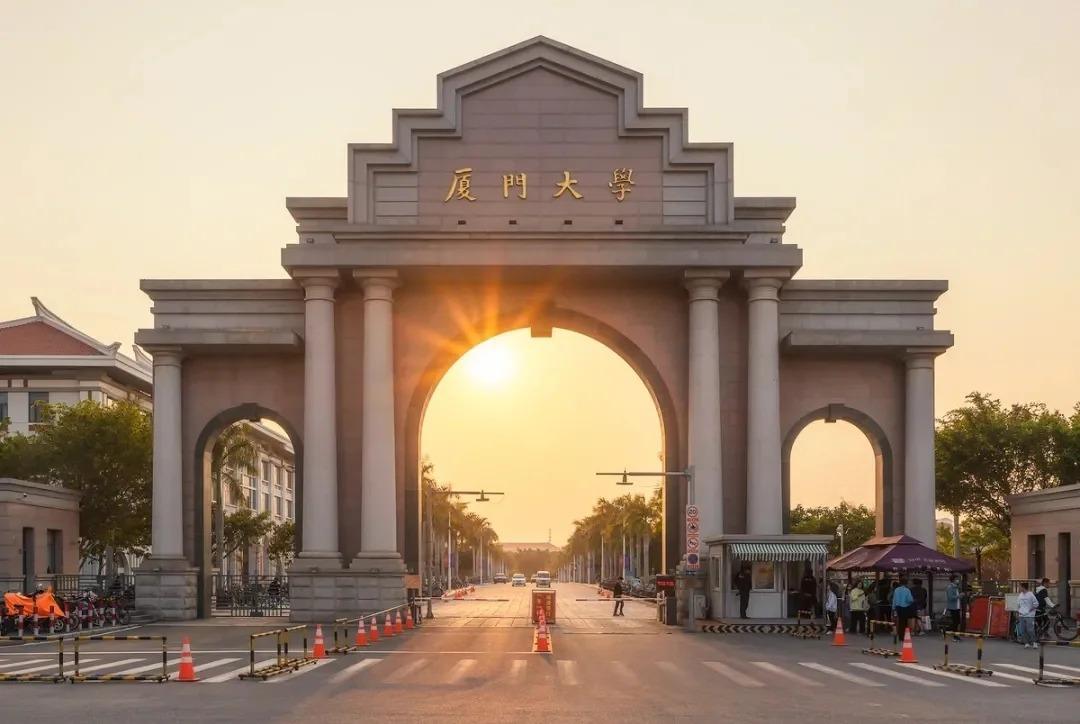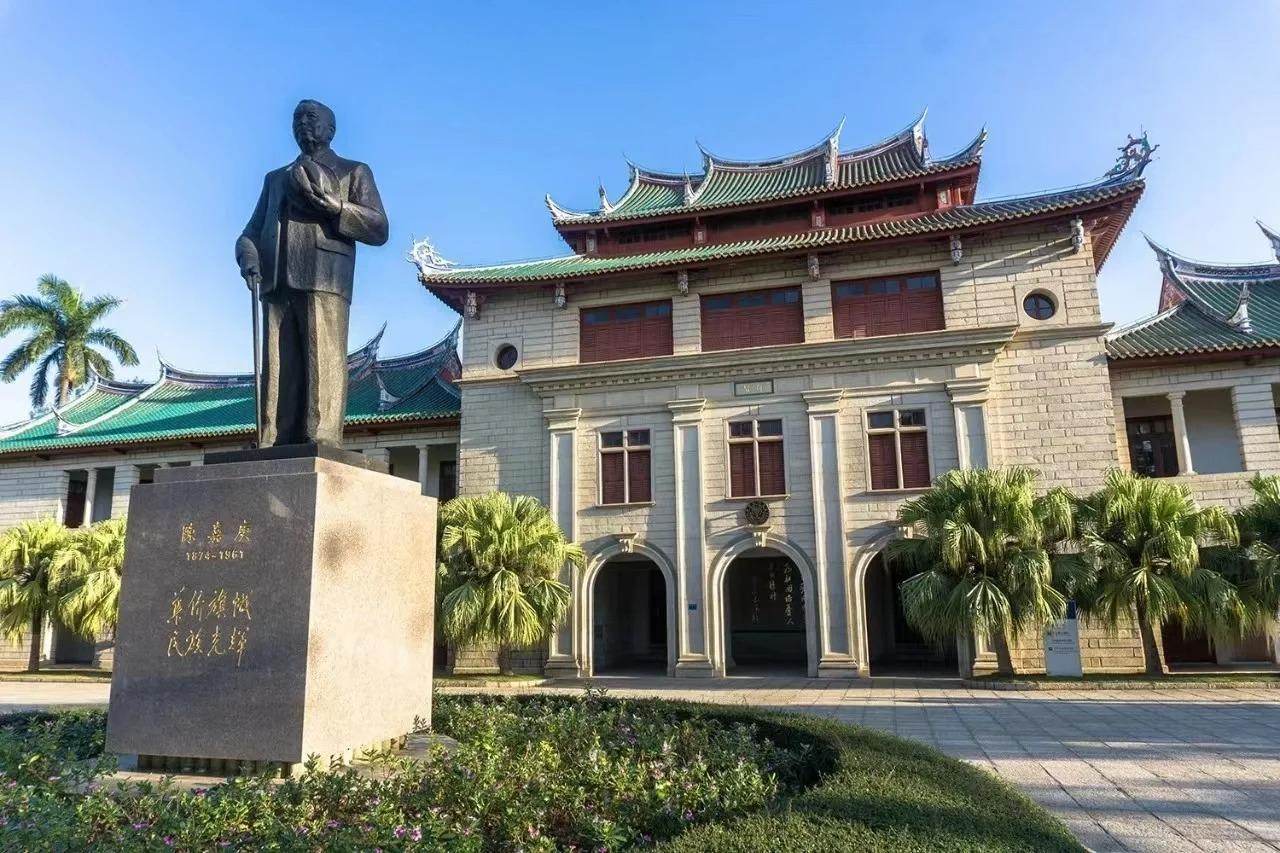Visiting Information
| Information | Details |
|---|---|
| Chinese Name | 厦门大学 (Xiàmén Dàxué) |
| Location and Address | 422 Siming South Road, Siming District, Xiamen, Fujian Province, China |
| Opening Hours | 8:00 AM – 5:00 PM (campus grounds); specific facilities may have different hours |
| Entrance Fee | Free for campus grounds; some facilities may require fees or prior arrangements |
| How to Get There | By Bus: Lines 1, 15, 18, 20, 29, 45, 48, 69, 70, 82, 86, 87, 515, 751, 857 to Xiamen University Station By Taxi: Tell the driver “Xiamen Daxue” |
| Best Time for Visit | Spring (March to May) or Autumn (September to November) for pleasant weather and beautiful scenery |
| Contact Info | Phone: +86 592 2180000 Email: [email protected] |
Overview
Xiamen University, founded in 1921, is a prestigious public university located in Xiamen, Fujian Province, China. It is renowned for its beautiful campus, strong academic programs, and its status as one of China’s key national universities. The university is often referred to as the “Cambridge of the East” due to its picturesque setting and architectural style.
Historical Background
Xiamen University was founded by Tan Kah Kee, an overseas Chinese entrepreneur and philanthropist. It was the first university in China founded by an overseas Chinese. Since its establishment, the university has played a significant role in China’s higher education system and has been at the forefront of academic research and cultural exchange. Throughout its history, Xiamen University has maintained a strong connection with overseas Chinese communities and has been instrumental in promoting international academic cooperation.
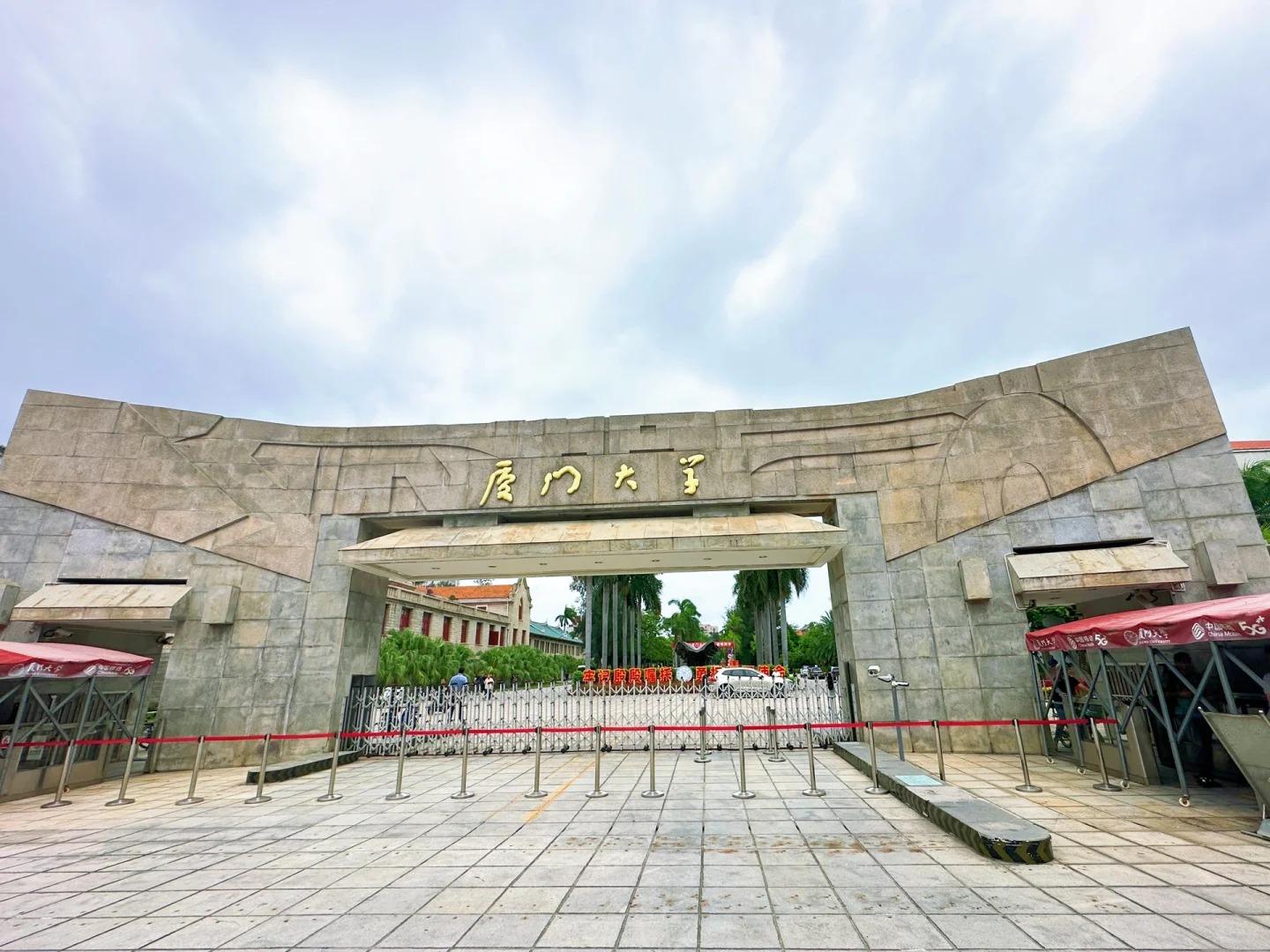
Architectural Features
- Qinyuan Building: This iconic red-brick building is one of the most recognizable structures on campus. Built in 1921, it combines Western and Chinese architectural elements, featuring a clock tower and traditional Chinese roof tiles. The building serves as a symbol of the university’s long history and cultural blend.
- Furong Lake: At the heart of the campus lies Furong Lake, a serene body of water surrounded by lush vegetation and elegant bridges. The lake not only adds to the scenic beauty of the campus but also serves as a popular gathering spot for students and visitors alike.
- Jiageng Building: Named after the university’s founder, this building showcases a unique blend of Chinese and Western architectural styles. Its grand facade and intricate details make it a standout feature of the campus landscape.
- Anthropology Museum: Housed in a distinctive building that combines modern and traditional elements, the Anthropology Museum is one of the largest university museums in China. Its architecture reflects the diverse cultural heritage studied within its walls.
Cultural Importance
Xiamen University holds significant cultural importance in China and the broader Chinese-speaking world. As a key institution for higher education and research, it has contributed greatly to China’s academic and cultural development. The university’s emphasis on preserving and promoting Chinese culture, while also fostering international exchange, has made it a crucial bridge between China and the world. Its alumni network, which includes many influential figures in various fields, further enhances its cultural significance.
Surrounding Attractions
- Nanputuo Temple: Located just outside the university’s south gate, this ancient Buddhist temple dates back to the Tang Dynasty. It offers visitors a glimpse into traditional Chinese religious architecture and practices, with its grand halls, intricate carvings, and peaceful gardens.
- Hulishan Fortress: A short distance from the university, this late 19th-century coastal defense fort provides panoramic views of the Taiwan Strait. It houses a museum showcasing military history and offers insights into Xiamen’s strategic importance.
- Gulangyu Island: A short ferry ride from Xiamen, this car-free island is known for its colonial architecture, winding lanes, and numerous museums. It’s a UNESCO World Heritage site and offers a stark contrast to the modernity of the university campus.
- Xiamen Botanical Garden: Located to the southeast of the university, this expansive garden showcases a wide variety of plant species. It’s an excellent spot for nature lovers and offers a refreshing change of pace from the academic environment.
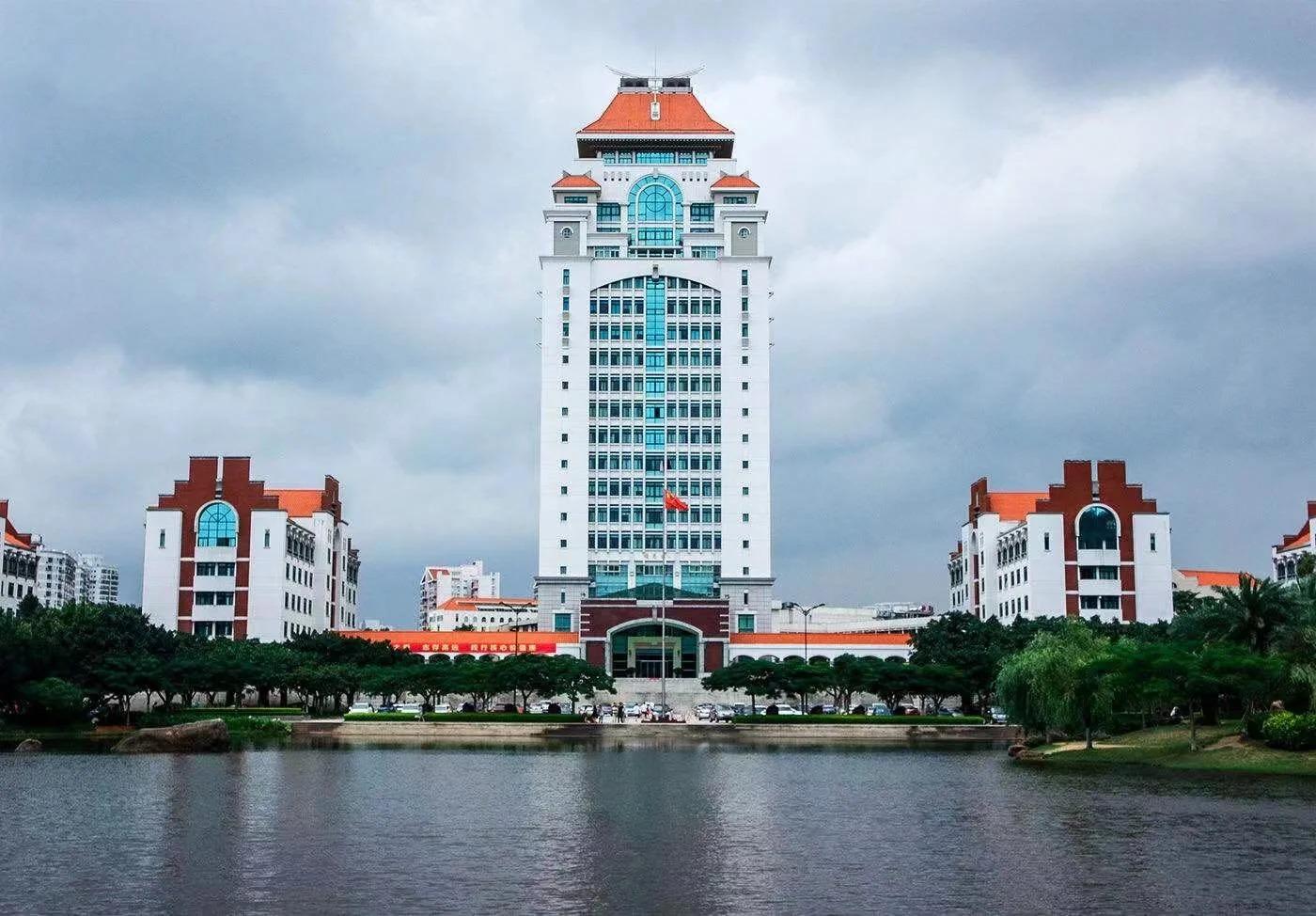
Photography Opportunities
- Campus Architecture: The blend of Western and Chinese architectural styles provides numerous opportunities for stunning photographs. The red-brick facades, traditional roofs, and modern structures offer a diverse range of subjects for architectural photography.
- Furong Lake: This central feature of the campus is particularly photogenic, especially during sunrise and sunset. The reflections on the lake’s surface, the surrounding greenery, and the elegant bridges create picturesque scenes.
- Seaside Views: Parts of the campus offer views of the sea, providing opportunities for landscape photography that combines academic architecture with natural beauty.
- Campus Life: The vibrant student life, with students studying, socializing, or participating in various activities, offers chances for candid and street photography within the university setting.
Modern Importance
- Academic Excellence: Xiamen University is consistently ranked among the top universities in China. Its strong programs in areas such as marine sciences, chemistry, and economics contribute significantly to China’s academic and research landscape.
- International Cooperation: The university plays a crucial role in fostering international academic exchanges. Its partnerships with universities worldwide and its focus on attracting international students make it an important player in global higher education.
- Cultural Preservation: While embracing modernity, Xiamen University continues to be a custodian of Chinese culture and history. Its museums, research centers, and cultural programs contribute to the preservation and promotion of China’s rich heritage.
- Economic Impact: As a major institution in Xiamen, the university significantly contributes to the local economy. It attracts talent, fosters innovation, and supports the development of Xiamen as a key city in China’s Belt and Road Initiative.
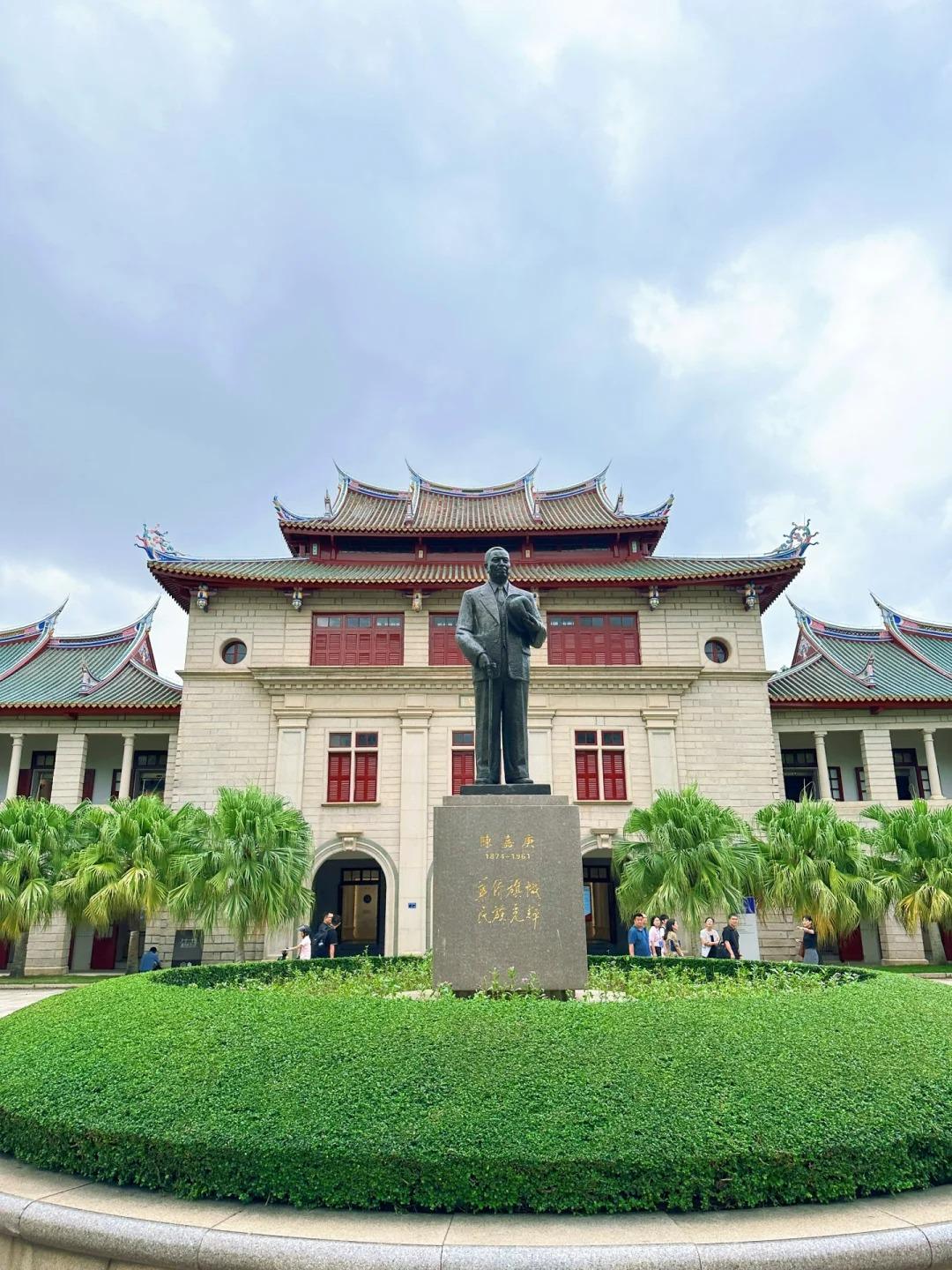
FAQ
- What is Xiamen University famous for?
Xiamen University is famous for its beautiful campus, strong academic programs (especially in marine sciences and economics), and its status as one of China’s key national universities. - What’s inside Xiamen University?
Inside Xiamen University, you’ll find various academic buildings, libraries, research centers, student dormitories, sports facilities, museums, and scenic spots like Furong Lake. - Is Xiamen University free?
Visiting the campus grounds of Xiamen University is generally free, but some specific facilities or events may require fees or prior arrangements. - Is Xiamen University worth visiting?
Yes, Xiamen University is worth visiting for its beautiful architecture, scenic campus, rich history, and academic atmosphere. It’s often considered one of the most beautiful universities in China. - What to do in Xiamen University?
In Xiamen University, you can explore the campus grounds, visit museums like the Anthropology Museum, enjoy the scenery around Furong Lake, admire the architecture, and potentially attend public lectures or events if available. - How do I get to Xiamen University in the local city?
In Xiamen, you can reach Xiamen University by taking one of many bus lines (including 1, 15, 18, 20, 29, 45, 48, 69, 70, 82, 86, 87, 515, 751, 857) to the Xiamen University stop. Alternatively, you can take a taxi and ask for “Xiamen Daxue.” - How to visit Xiamen University?
To visit Xiamen University, you can simply walk onto the campus during daytime hours. For a more in-depth experience, consider joining a campus tour if available, or contact the university’s international office in advance for special arrangements. Remember to respect the academic environment and ongoing activities during your visit.


